Project: Urban environments
Our research projects on urban environments explore how people's environmental experiences and feelings in the urban setting can support sustainable transportation choices, social interaction, and children's independence. The research has a particular focus on the design of outdoor lighting.
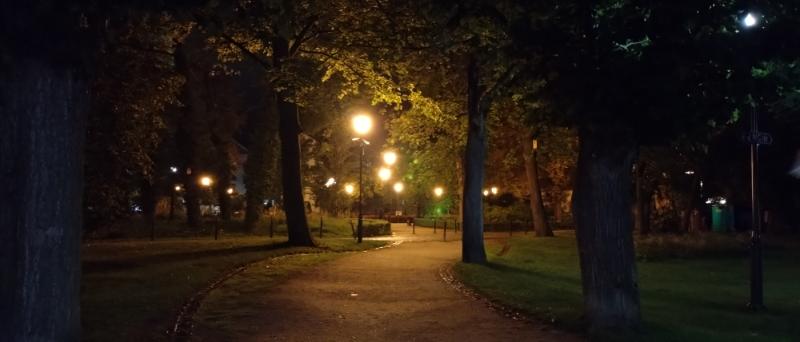
The relation between limited availability of outdoor lighting and local independent mobility in neighbourhood environments
The project extends our research on user experience of energy-efficient outdoor lighting in neighbourhood environments through pilot field studies conducted in Southern Sweden and South Africa.
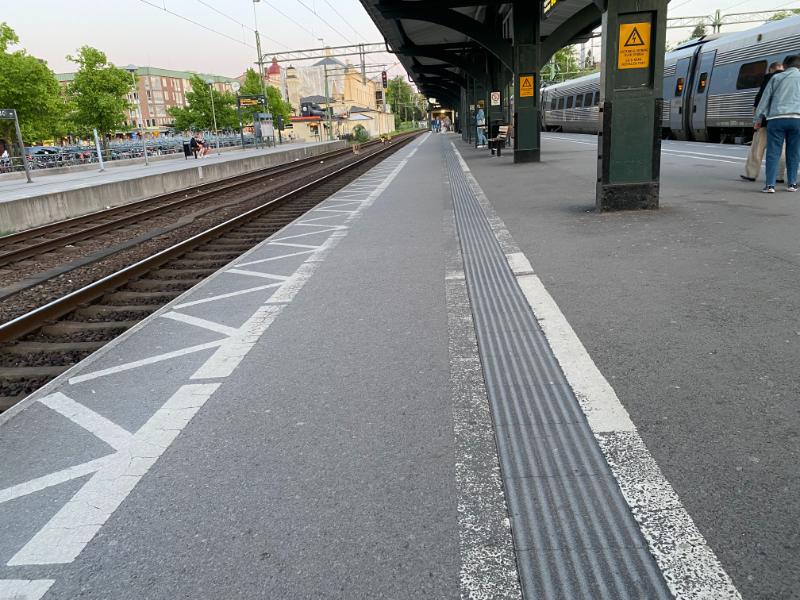
MiST Platform
The project evaluates the potential impact on boarding and alighting times of using asphalt stickers to indicate where the train doors will be located.
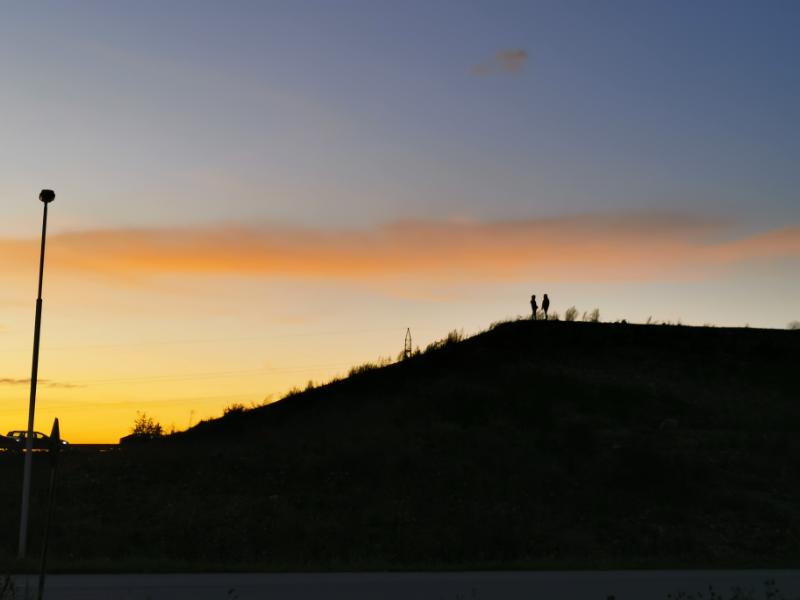
A child perspective on outdoor lighting for neighbourhood walk and cycle paths
In the Nordic countries, the winter season has extended hours of darkness during daytime, presenting a barrier for children’s possibilities for independent mobility. The aim of the project is to improve outdoor lighting in urban neighbourhoods to support children’s independent mobility during dark hours.
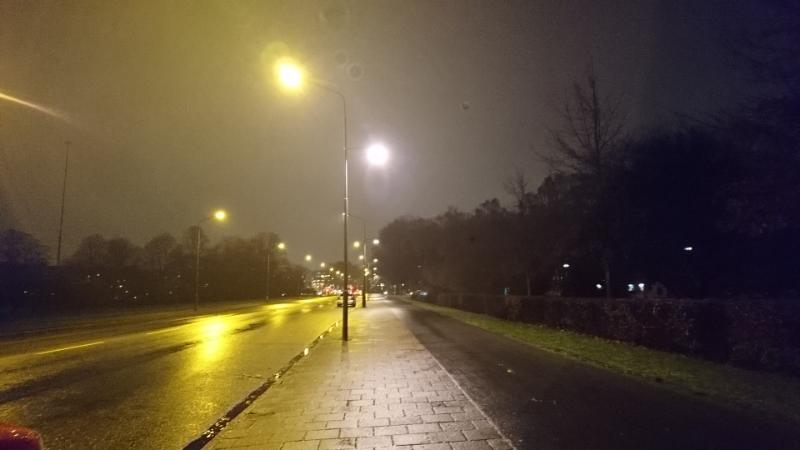
Illuminate
The overarching aim of the project is to improve the quality of travel for pedestrians and cyclists in twilight and dark, thereby extending the season for travelling by bike or foot.
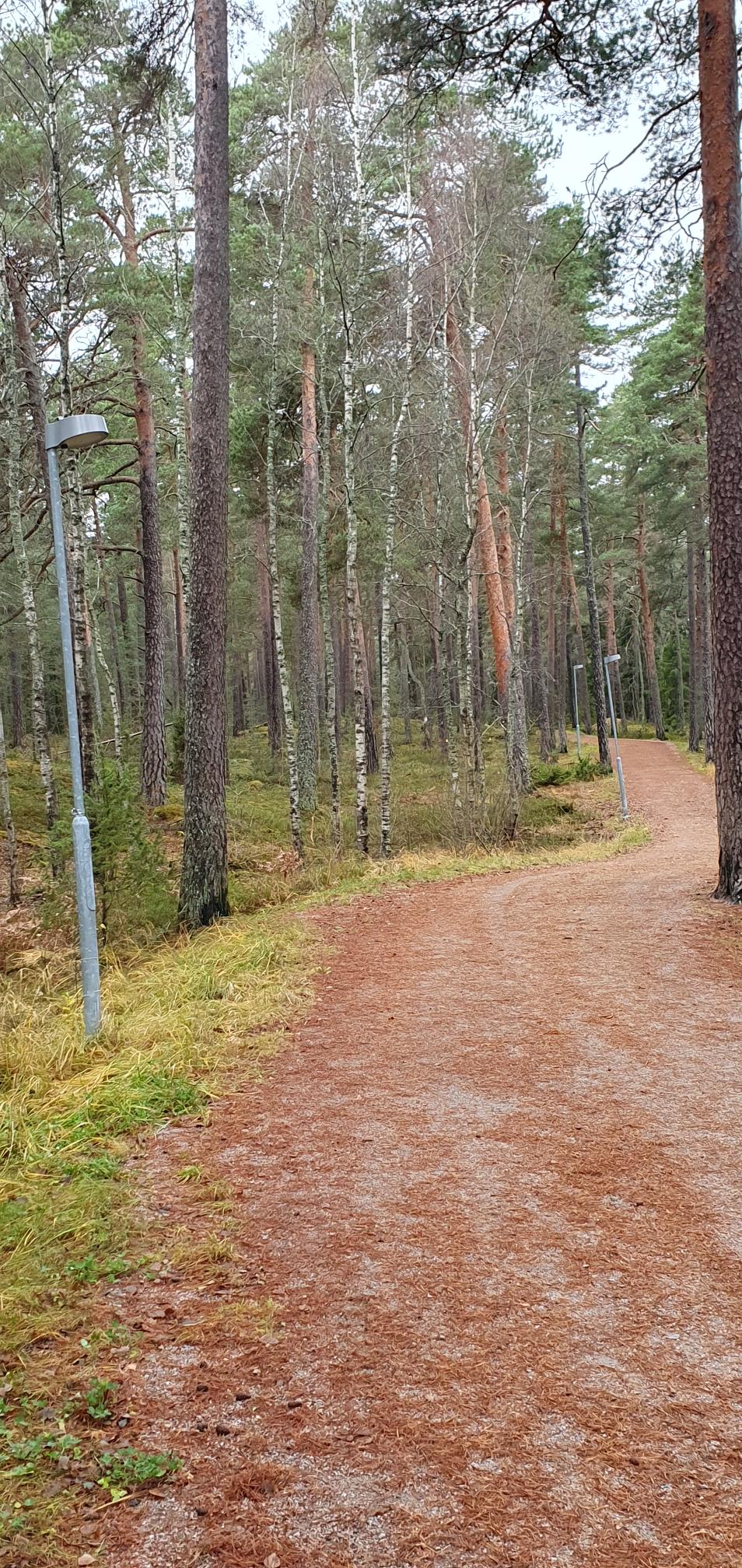
NorDark - Unconventional methods to inform sustainable lighting design: Mediating the needs of people and nature in Nordic after-dark environments
Urban developments are growing, and related design has evolved by putting human needs and interests first. Developing in a sustainable way requires to balance our needs with the needs of nature. Education and policymaking play crucial roles to inspire responsible practices, however, concrete data and knowledge are necessary to inform policy development. In a broader context, one focus area particularly relevant in Nordic countries is the use of electric light in after-dark outdoor environments, and the impact it has on flora, fauna, and energy use, as well as human behaviour and wellbeing. Our project strives to develop new knowledge crucial to design for sustainability in the urban after-dark.
